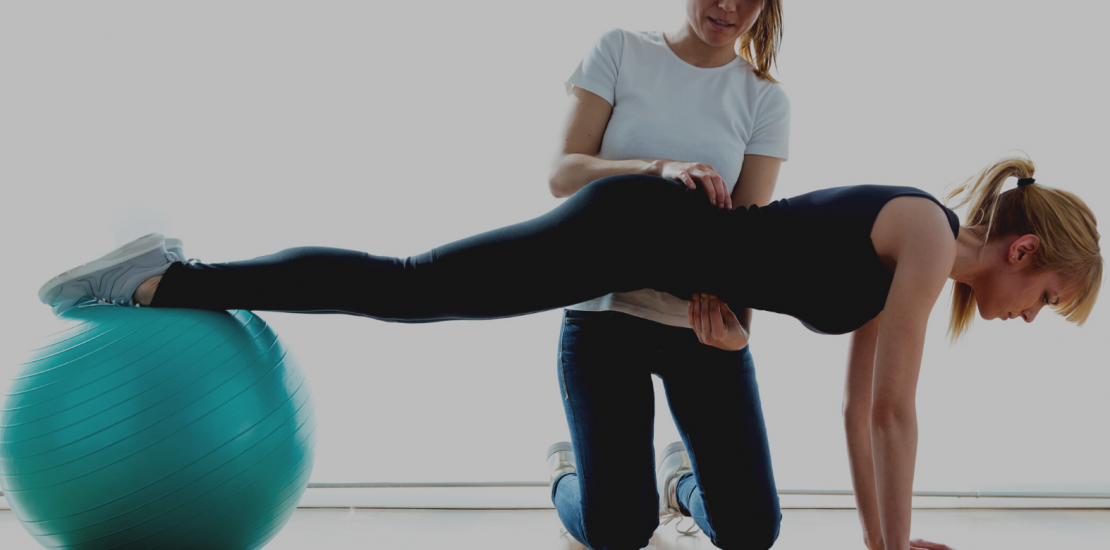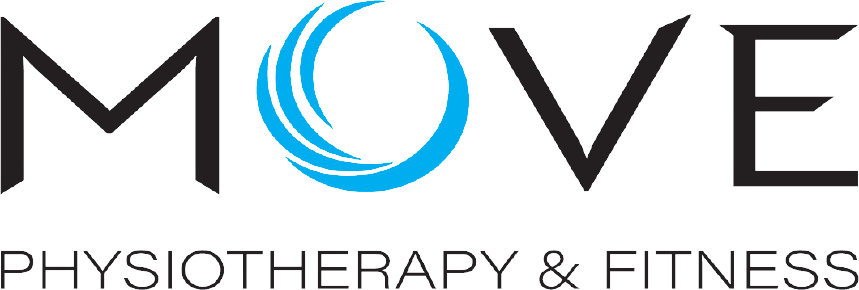Is It Time You Upgraded Your Physiotherapist?
- July 28, 2020
- Posted by: Daniel Ryan
- Categories: Dry Needling, Exercise, exercise rehab, Move Physiotherapy, Neck Pain, Shoulder Pain, sports physio

Dear Readers,
It’s time to have an uncomfortable conversation…
Is your physiotherapist/osteopath/chiropractor:
a) Doing purely passive treatments – cracking your back or massaging a body part; and sending you out the door without any insight or discussion regarding your ‘next step’ of treatment?
b) Doing low-to-no evidence treatments – such as therapeutic ultrasound machines, TENS machines or interferential therapy?
c) They do not TOUCH
d) Using theraband for ‘strengthening’
… and plenty more. If so, it’s an uncomfortable truth that you may have to upgrade your musculoskeletal therapist!
Part One: Ultrasound/TENS Machines/Interferential Therapy
I’m going to start with the easiest topic first. Quite frankly, these therapies have NO PLACE in the realm of modern physiotherapy. There are three main reasons:
a) NO EVIDENCE: If your therapist is telling you that these modalities are the fastest way to stimulate healing, or improve movement and function in your injured body part – they are wrong.
From a manual therapy perspective – we have FAR MORE EFFECTIVE techniques!
Just a quick snapshot – your effect of manual therapy is derived from three things:
1- Tissue changes – local changes in the tissues related to the technique performed by your therapist.
2- Neurological changes – how your local tissue changes improves the function of your neural system
3- Psychological changes.
From a research perspective, modern day manual techniques have a FAR GREATER effect on your tissue and neurological systems than your electrotherapies that were popularised in the 90s and 00’s of musculoskeletal medicine. These include joint mobilisations, manipulation, massage techniques, osteopathic techniques and more…
From a research perspective – it’s not even close. These other techniques are far more effective at improving tissue length, reducing tension and thereby improving your pain. If your therapist is spending 10-20minutes of your 30-minute appointment doing electrotherapy – they are wasting their time and your time!
But this also feeds into my second point – the most effective manual techniques are underpinned by one thing – TOUCH.
This is slightly convoluted – but bear with me…
For MANY pain states – the main mechanism underlying our improvement in pain following treatment comes from a phenomenon termed descending modulation. This is a blanket term for the chemicals and neurotransmitters released from the brain that reduce our pain state in times of threat…
In other words… they are the chemicals and neurotransmitters that are released by your brain that prevent you from thinking about your broken foot, when you’re being chased by a tiger. These are the hormones that can suppress your pain state.
And remember – what is the FUNCTION of pain?
Pain is a protective mechanism, it is a survival thing – which protects injured body parts. For most people, it is the reminder message that finally tells us that we need to get checked out.. or a reminder that we need to get back into our fitness, or into a better diet. Pain is a signal produced by our brain – it is not always proportionate to the amount of muscle damage going on – but it is proportionate to the amount of ‘threat’ the brain believes we are under, and it is essential in our survival.
When we finally get checked out by our physiotherapist – our descending inhibition comes from:
- Knowing our injury does heal and our pain will improve again = 10% descending inhibition and pain improvement.
- Understanding that our physiotherapist sees 20x people with this pain every week and they get better = 20% descending inhibition and pain improvement.
- Knowing we have a sore back, but we aren’t going to end up like our distant cousin who was crippled by back pain = 40% descending inhibition and pain improvement.
etc…
Our manual therapies do play a role in the effect of our treatments, but the other psychosocial factors play a humungous role as well.
Now, getting back to the first point – TOUCH
The best evidence of all of our treatment solutions are underpinned by one simple fact. The ones involving physical contact with your practitioner – e.g. massage techniques, hands on physiotherapy techniques have a better effect than ones that do not – such as electrotherapies where your ‘touch’ is coming from a machine compared to an actual person.
The reason for this is that we convey so much meaning with simple touch.
… A simple test … Go up to a person nearby and simply place your hand on their midback gently. They won’t realise it – but watch them breathe more deeply or relax more into their posture.
… Caress your partner gently on the arms and watch them smile, and relax, and watch all of their stresses from the day (IE THREATS) melt away.
There is no better way to achieve descending inhibition – where our brain finally relaxes and believes that we are in a less deal of threat – than through touch. And as that descending inhibition occurs, our pain improves.
From an experienced physiotherapist – I have constantly seen mechanisms in which physiotherapists use electrotherapy, dry needling, various tools to make their jobs less arduous physically on their body. But, quite simply – in missing out on the power of physical touch; they are being a less effective practitioner.
So, point blank:
- If your therapist is still using electrotherapy – TENS machines, interferential therapies, therapeutic ultrasound. Run away. Fastly. Quietly. As quickly as possible.
- Find a hands on therapist – a therapist that doesn’t put in needles and walk out the room. A therapist that spends time with you, talks and converses with you with a longer appointment time, and who – MOST IMPORTANTLY – will actually be hands on, and touch you.
Part 2 of this article will follow shortly. But, it is all about the importance of STRENGTHENING EXERCISE – and why your physiotherapy treatment MUST involve an element of rehabilitation to actually fix your problems.
Daniel Ryan
Move Physiotherapy
